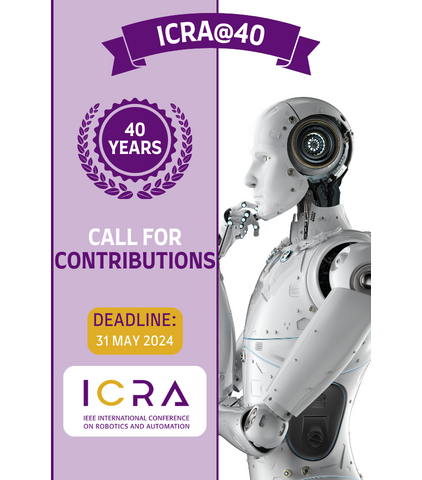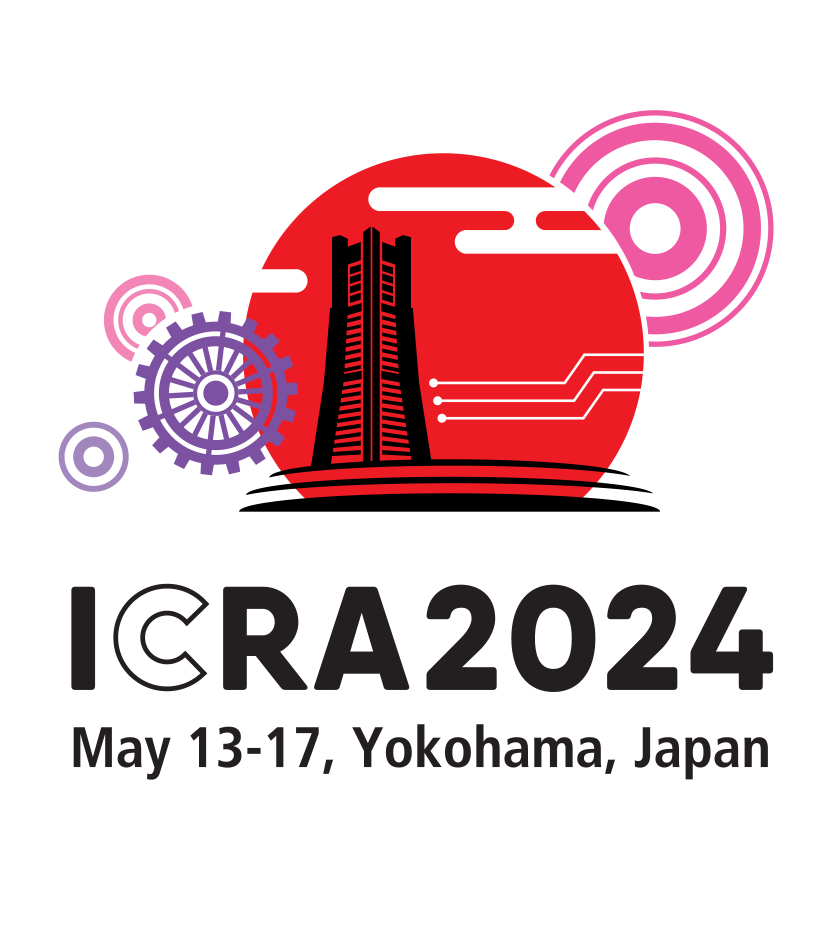Extension Deadline- RA Magazine- Special Issue on Design Optimization of Soft Robots
The underlying reason is the importance of soft and deformable structures to develop robotic systems that are safer, cheaper and more adaptable than the level that can be achieved by the conventional rigid-material robots. Soft robotic systems are characterized by several unique aspects like their elastic and deformable bodies, large number of degrees of freedom, possible use of unconventional material and the involvement of intrinsic passive mechanical dynamics. In order to properly handle the characteristics, it is crucial to understand the modern view of intelligence, commonly referred to as embodied intelligence or morphological computation, which emphasizes the importance of the task distribution among the brain or controller of a robot, the morphology such as shape, size and materials composing the robot; as well as the environment. In this modern view of intelligence, optimizing the design of the soft robots are therefore of a great importance. While the design optimization can be either or both led by machines and/or humans, or taking inspiration from biological systems, it will eventually decide the behavior and characteristics of the robot.
The special issue of “Design Optimization of Soft Robots” in IEEE Robotics & Automation Magazine aims to summarize the state of the art and disseminate the current advances on the design optimization of soft robots. The desired outcome of this special issue is a general consensus of the shared scientific goals, the relevant perspective and challenges in the research field, as well as high impact applications.
Topics of Interest
We invite both original research or review/position papers of topics related to design optimization of soft robots, both those focusing on the use of active compliance or inherent material compliance. The topics include but not limited to the followings:
- Additive manufacturing for model-free design automation
- Bio-inspired approaches for design optimization of soft robots
- Brain-soft body co-optimization
- Design of artificial skin and stretchable sensors
- Design optimization for soft and safe physical human-robot interactions
- Design optimization in continuum robots
- Design optimization in soft arms, manipulation and grasping
- Design optimization in self-healing soft robots
- Design optimization through modeling and simulation of soft bodies
- Morphological computation and embodied intelligence
- Optimizing soft actuator design
- Soft modular robots
- Soft robot design optimization for energy efficiency
- Wearable robots design optimization
For more information: https://www.ieee-ras.org/publications/ram/special-issues/special-issue-on-design-optimization-of-soft-robots







